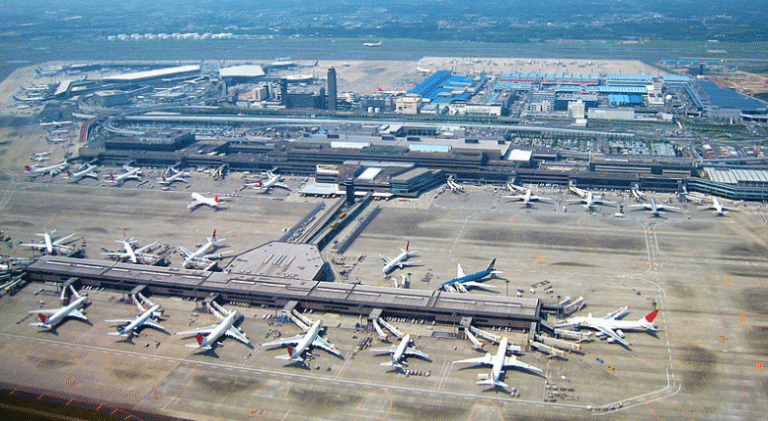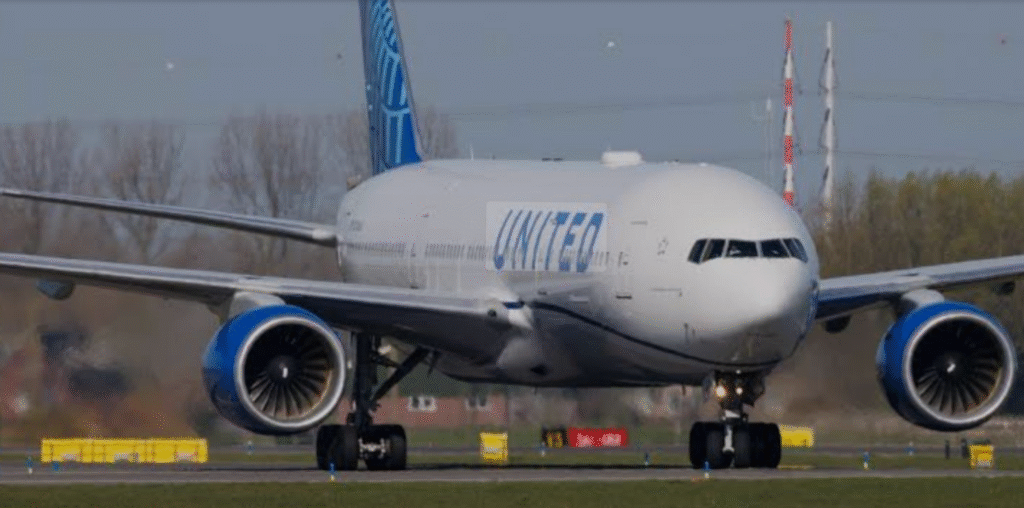
Air Travel: Guide to Navigating Efficiently and Comfortably.
I may earn a small commission at no extra cost to you if you buy something through my links
I may earn a small commission at no extra cost to you if you buy something through my links
Air travel has become a key part of modern life. It connects people and helps businesses grow faster. Every year, billions of passengers take flights to visit loved ones, explore new places, or attend important events. As technology advances and travel grows busier, understanding how to make your trip smooth and safe is more critical than ever. This guide covers everything from booking flights to arriving at your destination with ease.
Understanding the Basics of Air Travel
How Commercial Flights Operate
Flying isn’t just about getting on a plane. Airlines plan every step from the moment you check in to landing at your destination. At the airport, check-in counters and kiosks allow you to confirm your booking and get your boarding pass. Security lines check your baggage and screen passengers to keep everyone safe. Once on board, flight attendants help you settle in, offer snacks, and ensure your safety throughout the trip. Airlines work closely with airports and air traffic control to keep flights on schedule and safe.
Types of Air Travel Services
There are different kinds of flights to fit every need and budget:
- Commercial Flights: These are the most common, running on scheduled routes with multiple passengers.
- Private Jets: Offer luxury and flexibility, but come with a high price tag.
- Charter Flights: You rent an entire plane for specific trips, often used by groups or businesses.
- Hybrid Models: New services combining features of regular and private flights are emerging, offering flexibility at lower costs.
Cost, accessibility, and how much control you have over your schedule vary among these options. Choose what’s best for your trip.
Essential Air Travel Terminology
Knowing some basic terms makes planning easier:
- Layover: A stop between connecting flights.
- Connecting Flight: A subsequent flight after your initial one.
- Baggage Allowance: Shoulder limits for checked and carry-on luggage.
- TSA Security: Screening process in the U.S. for safety.
- Runway: The strip where planes take off and land.
Understanding these words helps you navigate airports smoothly and avoid surprises.
Booking and Planning Your Flight
Best Strategies for Finding Cheap Flights
To save money, compare prices using multiple websites. Be flexible with your dates—flying mid-week is often cheaper. Sign up for email alerts to catch fare drops. Booking in advance usually results in lower prices. Use tools like Google Flights or Sky scanner—they show the best options across airlines. Don’t forget to check for deals or special discounts.
Choosing the Right Flight
Think about your priorities. Do you prefer a direct flight or don’t mind a stopover if it saves money? Consider airline reviews and safety ratings before booking. Evening or early morning flights may be less crowded and cheaper. Also, look at the flight times to match your schedule and minimize jet lag.
Optimizing Travel Documents and Check-In
Make sure your passport is valid, and any visas are in order. Many airlines let you check in online 24 hours before departure. This saves time at the airport and helps you choose your seat. Arrive early—two hours before domestic flights and three for international trips—to avoid stress.
Handling Special Travel Needs
Airlines are prepared to help travelers with specific needs. Disability assistance, unaccompanied minors, or pet travel require special arrangements. Contact your airline ahead of time to ensure you have the proper support and documentation.
Independent and free information is important these days, so is privacy. I trust NordVPN to ensure this privacy.

Airport Experience and Security
Navigating Major Airports
Big airports like Atlanta or Dubai handle many flights daily. Focus on finding your gate quickly by checking screens early. Use airport maps and signage. Wear comfortable shoes and stay aware of your surroundings. Some airports offer fast-track security or dedicated lines for priority travelers.
Security Procedures and Regulations
Security involves screening your carry-on and personal items. Be ready to remove electronics, liquids, and belts. Prohibited items include sharp objects and certain liquids. Always check the latest TSA guidelines to avoid delays or confiscation.
Lounge Access and Airport Amenities
Traveling in comfort is possible with airport lounges. They offer free Wi-Fi, snacks, comfy seating, and sometimes showers or sleeping areas. Access may come from premium tickets, credit card perks, or paid passes. Enjoying these spaces can make waiting much more pleasant.
In-Flight Experience and Comfort
Seating Options and Class Differentiation
Airlines offer various seating choices:
- Economy: Basic, most affordable.
- Premium Economy: Extra legroom and better service.
- Business Class: More space, priority boarding, and better meals.
- First Class: Top luxury, private cabins, and personalized service.
Choosing seats near the wing often gives the smoothest ride. Exit rows and seats by the bathroom have their pros and cons, so pick wisely based on your needs.
In-Flight Entertainment and Connectivity
Many planes now have Wi-Fi and movie screens. Bring your own device to stream shows or listen to music. Prepare by downloading movies or books beforehand. Stay connected if available, but remember to respect policies on device use.
Food, Beverages, and Comfort Tips
Meals vary by airline and flight length. Special diets—gluten-free, kosher, vegetarian—can usually be requested ahead of time. To feel comfortable, carry a neck pillow, stay hydrated, and stretch your legs during the flight. Avoid caffeine or alcohol if you want to minimize jet lag.
Safety, Sustainability, and Future Trends in Air Travel
Ensuring Passenger Safety
Airlines follow strict safety standards with regular inspections and training. Innovations like reinforced cabins and new safety protocols keep flyers secure. The health safety measures introduced during COVID-19 included mask mandates, health screenings, and enhanced cleaning.
Environmental Impact and Sustainability Initiatives
Air travel generates significant carbon emissions. Airlines are working to reduce their footprint through more efficient engines and sustainable fuels. Some purchase carbon offsets, planting trees or investing in green projects. New aircraft, like the Airbus A321XLR, promise to be quieter and more eco-friendly.
Future of Air Travel
Emerging tech will reshape flying—electric planes could cut emissions, and AI may streamline operations. More automation might mean fewer delays. Industry experts expect travelers to demand greener, smarter, and more comfortable journeys in years to come.
Conclusion
Air travel connects the world. Planning your trip well can save money, reduce stress, and make your experience more enjoyable. From booking tickets to arriving safely, knowing what to expect helps you fly with confidence. Stay informed about new trends, use smart tools, and prioritize safety and comfort. Your next flight can be smooth and even fun with a little knowledge and preparation.
Alan Culver Ridge.

